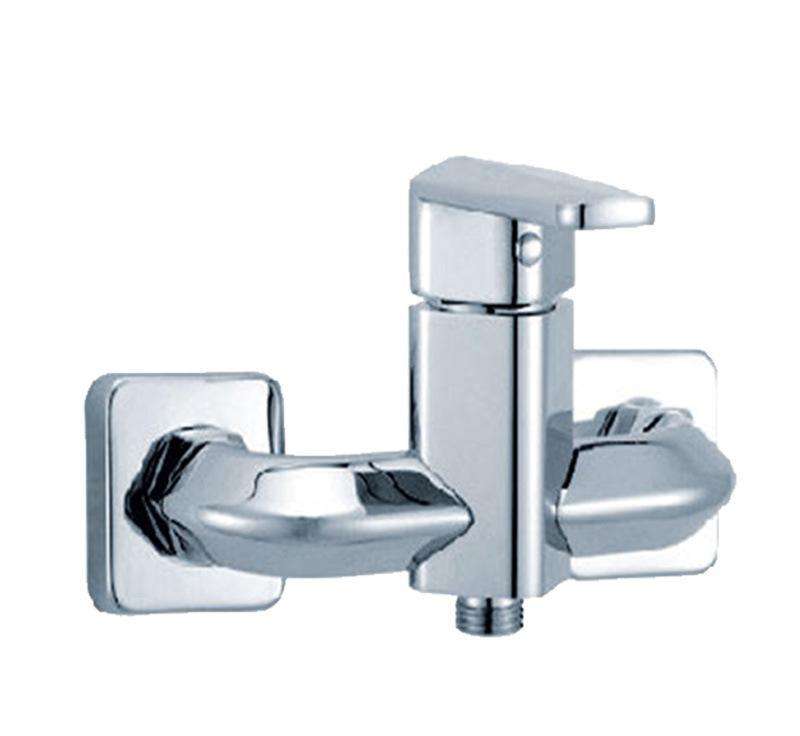What are the misconceptions about using a Kaiping faucet
The faucet is a hardware component that has been present since the availability of tap water, and it is also a household hardware component that we can no longer understand. But did you really install the right faucet at home? In fact, in many households, the installation of faucets is not very standard, and there are some problems to some extent.
Misconception 1: Different functional areas have the same type of faucet installed
There are various types of faucets, and according to different functional areas, there are mainly several types of faucets, including basin faucets, bathtub faucets, washing machine faucets, and sink faucets. The structure and function of faucets in different functional areas are different. Faucets in basins, sinks, and bathtubs generally use two types: cold and warm faucets and bubblers. For washing machine faucets, only a single cold faucet is needed, Due to the fast flushing speed of the water flow of the single cooled faucet, it can achieve water-saving effects.
Misconception 2: The cold and hot water pipes are not separated
In general, hot and cold faucets control the mixing ratio of hot and cold water through the different opening perspectives of the ceramic valve core, thereby regulating the water temperature. If there is only a cold water pipe, two inlet hoses can be connected when installing the cold and hot faucets, and a corner valve can also be installed to function.

Misconception 3: The connection between the faucet and the water pipe does not use an angle valve
All hot and cold faucets in the home are connected to water pipes using angle valves, with the intention of preventing water leakage from the faucet from affecting water use in other parts of the household. The faucet of the washing machine does not require hot water, so it can be directly connected to the water pipe.
Misconception 4: The faucet is not cleaned regularly
Many families have never paid attention to the cleaning and maintenance of their faucets after installing them. Over time, not only is the water quality of the faucet not guaranteed, but various malfunctions may occur, affecting its use. In fact, the correct approach is to clean the exterior stains and water stains every month after installing the faucet. If thick scale accumulates inside, simply pour white vinegar into the faucet pipeline to soak for a while, then open the hot water valve to drain the water.
Misconception 5: The faucet is not replaced regularly
A typical faucet can be considered for replacement after five years of use. Prolonged use can lead to a lot of bacteria and dirt inside, which can cause harm to the human body over time. Therefore, the editor still suggests that we replace the faucet every five years
Article source: Kaiping faucet http://www.clasito.net/
-
04-13
What is the reason for installing a bubble on a flat faucet
I don# 039; T know if we have ever thought about why there are so many bubbles in the water flowing out of the faucet? Actually, this is mainly because the faucet is required with a bubble, which can
-
04-13
What are the surface treatment processes for faucets
In recent years, with the advancement of technology, there has been a wide variety of faucet products In order to match different styles of home design, faucets have become more colorful, and there ar
-
04-13
How to maintain and maintain a flat bathroom faucet
After choosing a preferred bathroom faucet, how to use and maintain it correctly is a headache and headache for many users In fact, as long as the installation, use, and maintenance are correct and ap
-
04-13
How to determine the height and orientation of the Kaiping bathroom faucet
Strict requirements should be placed on the height of the faucet, and attention should be paid to issues such as water leakage during installation Therefore, when installing a bathroom faucet, the con
